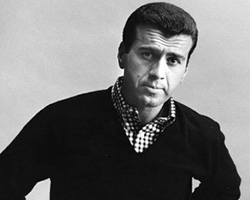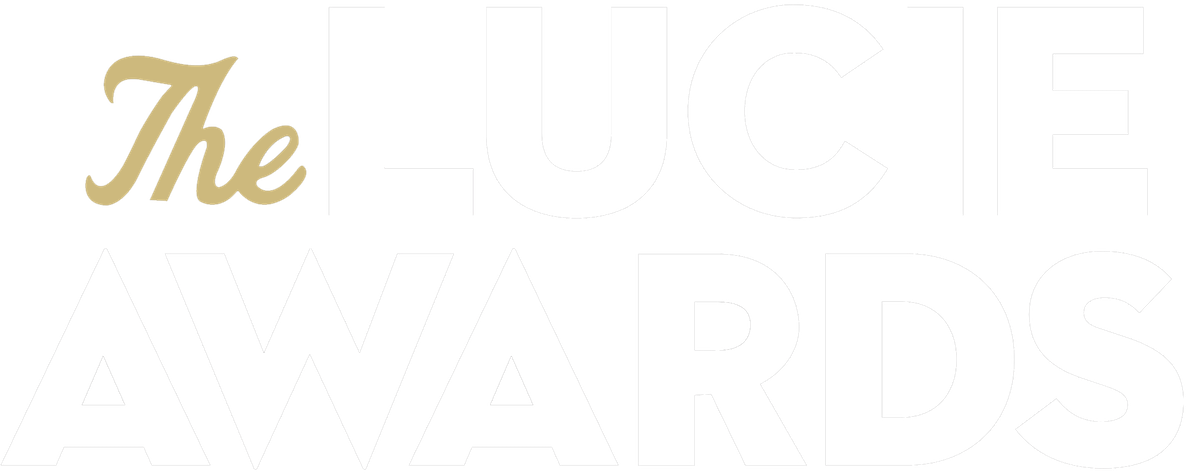
Howard Zieff
2007 Honoree / Achievement In Advertising Photography
Excerpts from “Howard Zieff Is Very Expensive” by Janet Coleman:
“Howard Zieff is an advertising legend: the Fellini of television commercials, the pioneer of funny cigarette advertising, the man who put Benson & Hedges on the map, the father of the Alka-Seltzer stomach close-ups. In the ad world he is regarded as a flawless craftsman, the ‘King of the Hill,’ a one-man show, a tough customer.
“He enlisted in the Navy in 1946, when he was 18; while he was working in San Diego as staff artist on The Navy News, the call came for a staff photographer. Zieff was sent to Navy Photographic School and, later, Navy Motion Picture School. He managed to acquire a more thorough knowledge of opticals and processing from the Navy than most photographers ever do.
“By the time the war was over, Zieff was hooked on making movies, and when he re-enrolled at the Los Angeles Art Center, it was as a photographer. He had become a newsreel photographer at a television station in Los Angeles when the Korean War broke out, and expecting that he would be drafted again, he set out for New York for one last fling. He was earning $45 a week as an assistant photographer to ‘a guy who put together Ford catalogues,’ and when his boss refused to give him a raise, Zieff quit. It was the last time he worked for anyone else. He invested his total savings–$200—in a little loft above the Belmore Cafeteria on Fourth Avenue, and he was in business. And also broke.
“But not for long. By the time he was 25, Zieff was already earning $100,000 a year as a still photographer. He hit his stride in the fifties, riding the crest of an advertising revolution best described as ‘The Hole in the Gray Flannel Suit,’ a movement often associated with Doyle Dane Bernbach. Before Doyle Dane, almost all of the other advertising agencies were controlled at the top by account executives (known to the trade as Wasps) and staffed by underlings who hacked out the copy. The cosmetic blonde, the pitchman and, as Zieff recalls him, ‘Charlie Firmjaw,’ were their creatures. Doyle Dane, on the other hand, drew to its agency creative types (known to the trade as ‘Jews and Italians’), who not only brought reality and humor to advertising but proved that reality and humor could also sell the product. Of this latter group Zieff was a star exponent. His ability to put across real people was amply expressed in the ‘You Don’t Have To Be Jewish’ series, which he and Doyle Dane produced for Levy’s bread. He also has an outstanding eye for detail. If an art director could conjure up a layout, for example, of a couple eating potato chips on a living room couch, Zieff could see the picture on the wall behind them, the cigarette burns on their coffee table, their overloaded electrical socket. As a still photographer he became known as the darling of the art directors, a non-Wasp Norman Rockwell.”
And one more quote, that comes from a “sidebar” section of the article: “Mary Well, head of Wells Rich Greene, considers Zieff ‘one of the 10 most important people in advertising. And Stan Dragoti, creative director of the Wells agency, says flatly that ‘Zieff is unique. There are lots of photographers who give you good images, but no one but Howard knows what makes good advertising.”
